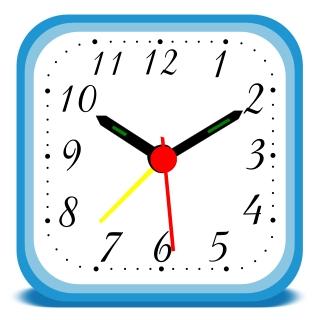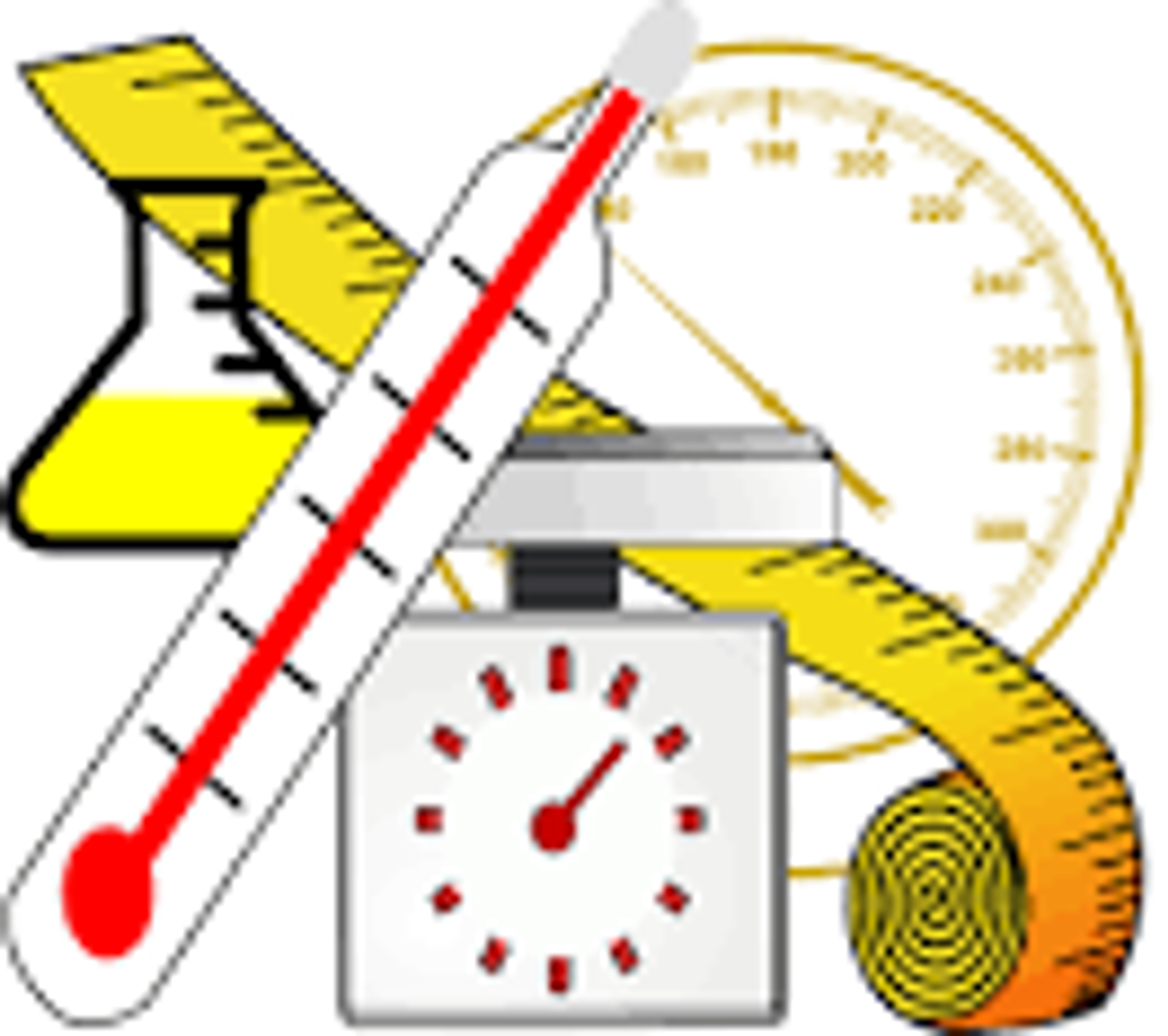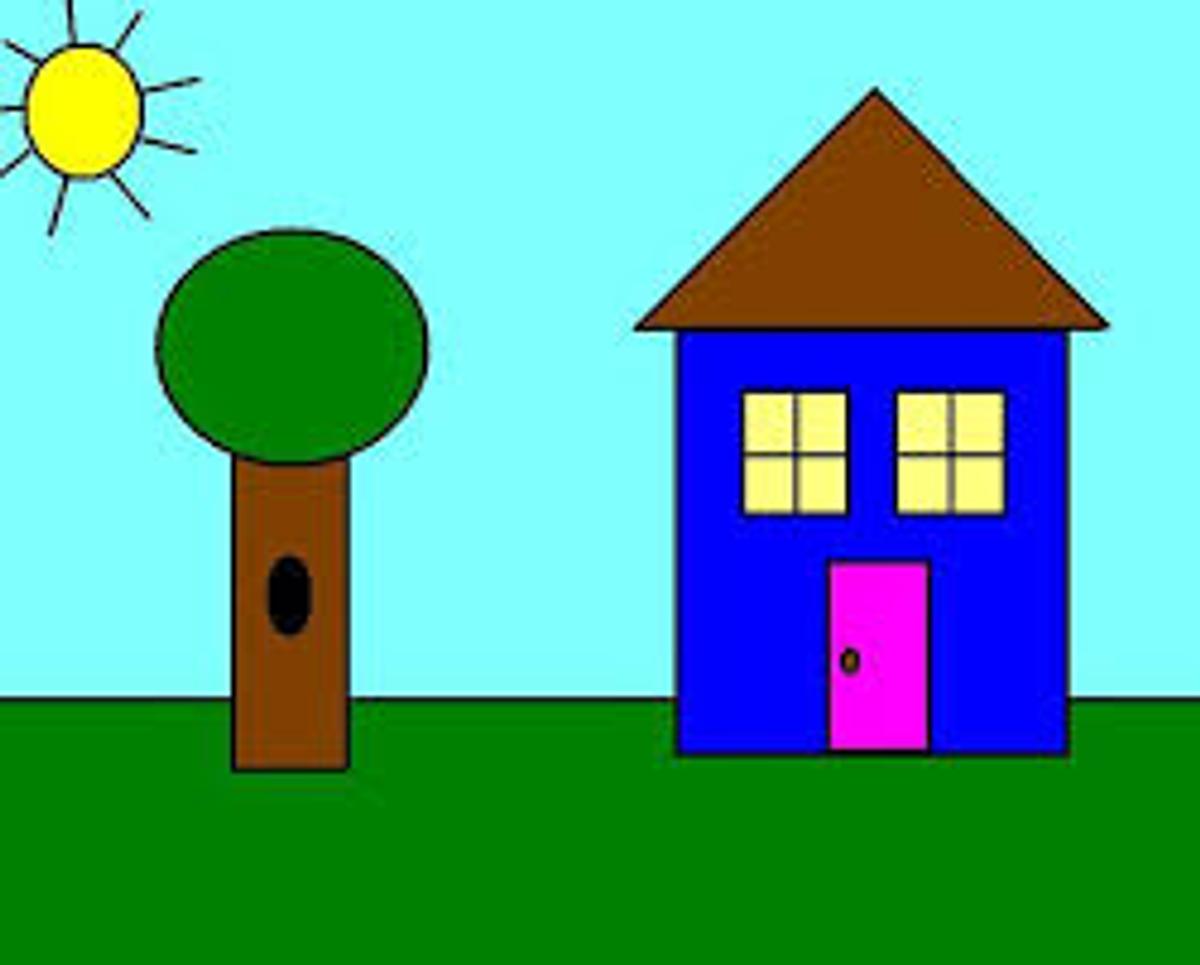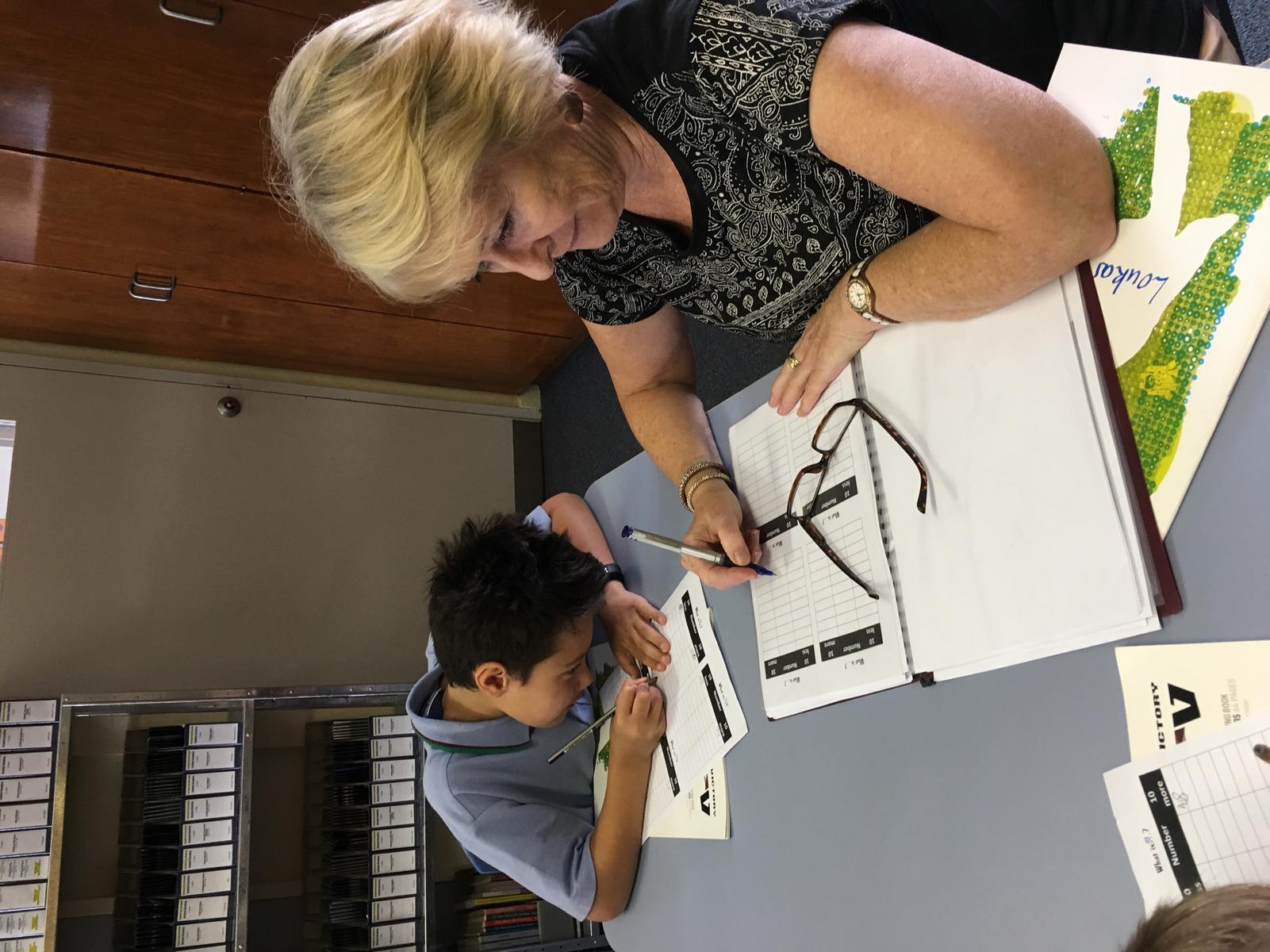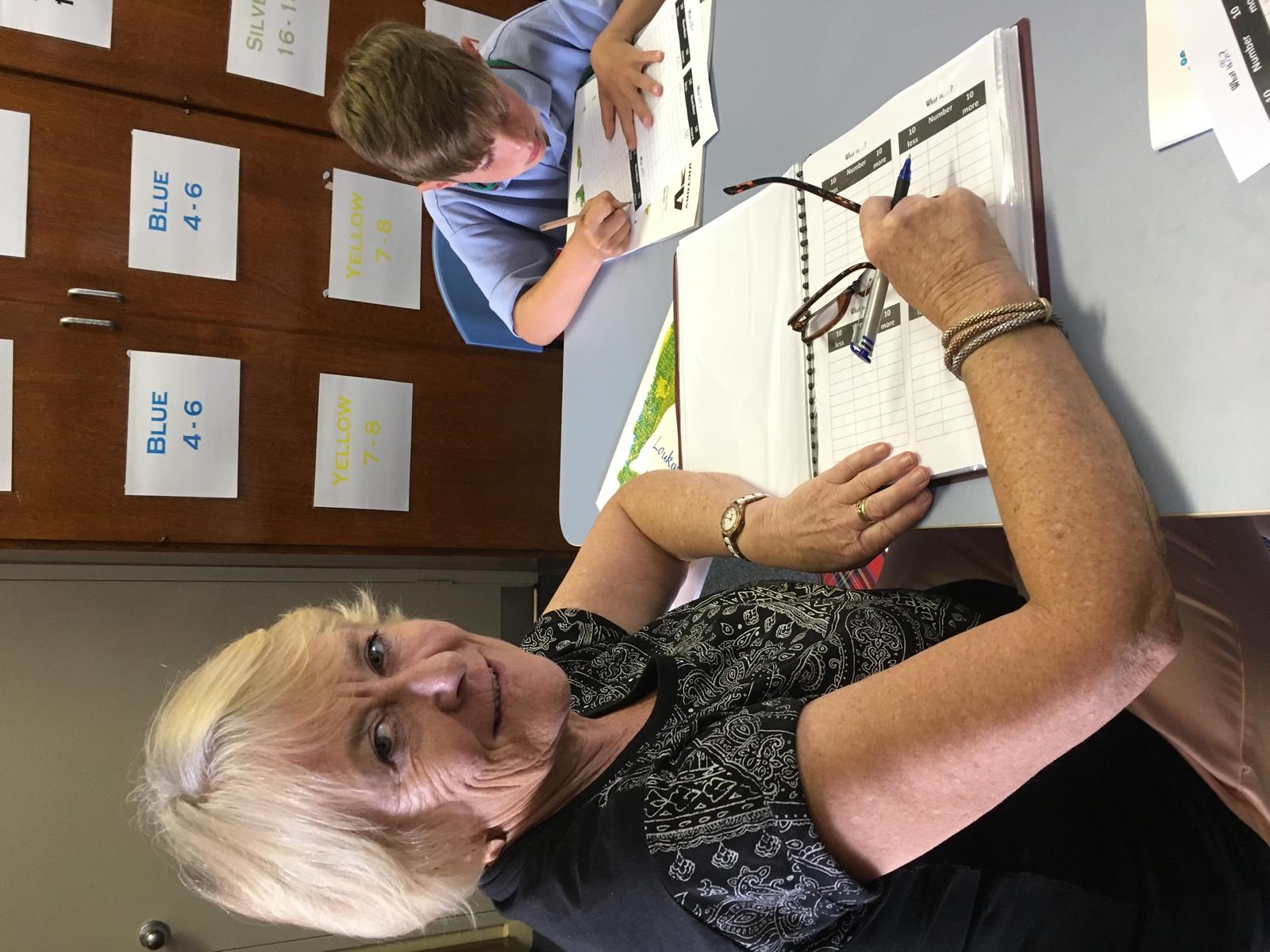Learning and Teaching

Mathematics in Year 1
In Year 1, the students have been learning to count to and from 100 and locate these numbers on a number line. They have also been working on partitioning numbers using place value to assist them in carrying out simple additions and subtractions, using counting strategies.
In order to help students visualize numbers and partition numbers they have been working with hands on materials such as icy-pole sticks, unifix blocks and stickers to create models of numbers.
A Maths Game that they have been playing the Year 1 is 'Please Get Out of My House'. This game has given students the opportunity to improve their speed and accuracy when answering simple addition and subtraction problems. The instructions and a game board have been included below, if you would like to try it at home.
Please Get out of my house
By Michael Ymer
Focus – addition and subtraction facts to 20.
Suitable for Prep-Year 6
You will need:
- Game board with the numbers 0-20 displayed in a grid (see attachment below)
- Dice: 2 dice (they can be 6 sided dice or 10 sided dice)
Each student has 7 counters of the same colour. Their partner has a different colour but also needs seven.
Students take turns in rolling the two dice. They may add or subtract the numbers to make an answer (depending on what they can do). One of their seven counters is placed on the number. The objective is to get all 7 counters on the game board before the other player. If a student lands on top of a number that has their partner’s counter on it they take their place and send their counter back to their partner, saying "Please get out of my house". Students can have more than 1 counter of their own on the same number but if their opponent lands on that number all counters are sent back.
Making the game easier or harder:
1. Add or subtract numbers to make an answer with the two dice.
2. Use ten sided dice.
3. Use three dice.
4. Allow any operations – division, multiplication, addition or subtraction.
5. Simplify the game by using a 0-12 game board and only two six sided dice.
Five ways to build your child’s numeracy skills at home, Prep- Four
Here are some tips for helping your child with numeracy:
- Have a number hunt as you drive. Each child looks for numbers on signs and houses and adds them as you travel. The older children add the numbers as they go and try to be the first to reach 100.
- Try tipping up a container of toys onto the floor and ask how many there are of certain toys. For example, there might be 6 cars, 4 yellow blocks, 3 red blocks and 1 little bear.
- On a calendar, write down the weather for each day. Then talk about how many days in each month are sunny, cloudy, wet, cold or hot. It’s fun to compare the months.
- If you give your child the laundry peg bag, your child can put them all into separate colours. He or she can then count how many blue ones there are, how many yellow and so on. You could try asking your child to stack pegs one on top of the other in their colours. How many red ones could you build up until the pile falls over? How many orange ones?
- Play games such as Dominoes, Snakes and Ladders, card games or board games involving dice. This will help your child to recognise patterns and to count. To help your child recognise numbers, change the dice to ones showing numbers.
- Help your child to remember your phone number and to press the correct buttons on the phone.
Thinking about time
As a parent, you can develop understanding about time by:
- Looking at parking signs and discussing the time restrictions when parking the car.
- Looking at a calendar together and marking important dates.
- Talk about how many days until each event.
- Using a watch with a second hand, time your child running, skipping or swimming.
- Count how many steps, skips or strokes one child does in a minute. Discuss how many steps or skips could happen in three minutes.
- Having your child help set a kitchen timer or an alarm clock.
- Asking your child to make a label with the ‘use by’ date for meat or cooked foods that are to be frozen.
Measuring and calculating
Here are some ideas about measurement at home:
- If you roll a toy car down a ramp, your child could measure how many car lengths it traveled.
- Record your child’s growth on a height chart.
- Compare the height of family members and talk about who is taller and who is shorter.
- Talk to your child about how much he or she weighed at birth and what other things have the same weight.
- Put a can of food into each of your child’s hands. Ask which one is heavier.
- Play using household objects, such as a measuring cup and containers of different sizes and shapes. It’s lots of fun doing this at bath time.
Creating with pattern
To encourage your child to understand the meaning of pattern:
- Discuss the numbers on houses in the street and ask your child to describe what is happening to the numbers as you walk along.
- Encourage your child to create simple dances that have repeated steps and movements.
- Have your child make wrapping paper that has a repeating pattern stamped onto it.
- Have pattern hunts around the house and in the backyard.
- Search for patterns in clothes, furniture fabric, bathroom tiles and on book covers.
- In the yard, hunt for patterns in flowers, bark, the fence and paths. Walk to the park and have a pattern hunt there.
Understanding shape
You can develop your child’s understanding about shape by:
- Looking at the shape of objects in the home or in the garden.
- Look for different sized shapes and shapes in different positions.
- Playing stacking with your child. Stack all sorts of things you find, especially cans, unopened boxes of cereal and toys.
- Reading books with your child and talking about the shapes you can see within the pictures, e.g. The roof on the house is a triangle.
- Drawing shapes in sand, dirt or on paper. Talk to your child about the shapes using words like edge, curved line, straight line, square, corners.
- Drawing dots on a page and asking your child to join them. This can be extra fun if you trace over a shape in a magazine by using dots. For example, you could create the outline of a car or a tree.
- Using a small packet of toothpicks to create shapes and make pictures of objects, such as a house, tent, truck or wheelbarrow.
http://www.nlnw.nsw.edu.au/pdfs/docs09/numfly09.pdf
Number Intervention
As you are aware, our school Learning Support Officers – Sophia, Pauline, Rosa and Tegan – are working with Year 3 and 4 students to consolidate skills and knowledge in Number. A very big thank you to all of them for working tirelessly throughout our school closure day and in any spare minute they can find, to create resources and prepare for the lessons they are implementing. Thank you all for your enthusiasm and dedication – you are really making a difference!
Below are some ideas, extended from those in the last newsletter, that you can use with your children at home to develop a strong basis for Number. In each newsletter, I will include a progression of activities – with daily practice, counting and patterns should become automatic. Here’s to helping our kids love Maths!
Counting:
- Count forwards and backwards by ones to 10, 20, 100 and beyond.
- Count forwards and backwards by tens to 130 and beyond.
- Start from 28 and count up to 34. Now start from 44 and count up to 52; 65 to 73; 88 to 96, etc. Increase the number range to include numbers in the 100s.
- Write some of the number sequences, forwards and backwards. You can write them in a ladder (Start at the bottom for forwards sequences and at the top for backwards sequences.)
Patterns:
- Give your child a number from one to ten. How quickly can he/she show the number of fingers.
- Say a number less than 5. How many more to make it up to 5? (eg You say 4, your child says 1).
- Say a number less than 10. How many more to make it up to 10? (eg You say 4, your child says 6.)
Practise until the combinations are automatic!
Jane Ferris
jferris@gsmelbournesth.catholic.edu.au
STEAM at Galilee
We need your help!!
We are looking for donations of recycled materials that can be used to create STEAM boxes for each year level to use. These boxes will contain items that may be useful when completing various learning tasks such as, science experiments.
Items we are looking for:
- Paper Towel Rolls
- Yoghurt Containers
- Ice cream containers
- String
- Jars
- Bottle lids
- Buttons
- Lids
- Tissue Boxes
- Small boxes, such as: perfume, skin care, toothpaste
- Rubber bands
- Material scraps
- Old sheets and pillow cases
- Plastic Bags
- Any other item you think may be useful to create and make items at school
Items can be dropped to the School Office.
Thank-you all so much.
Kayla Hart
khart@gsmelbournesth.catholic.edu.au


